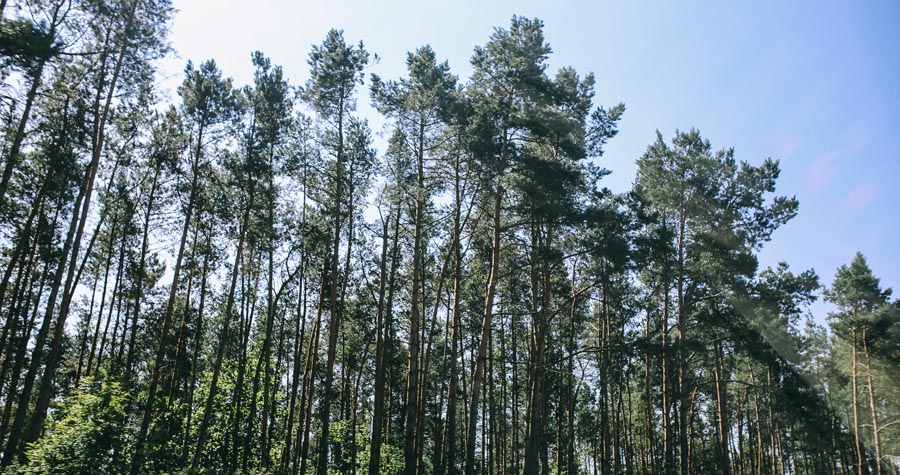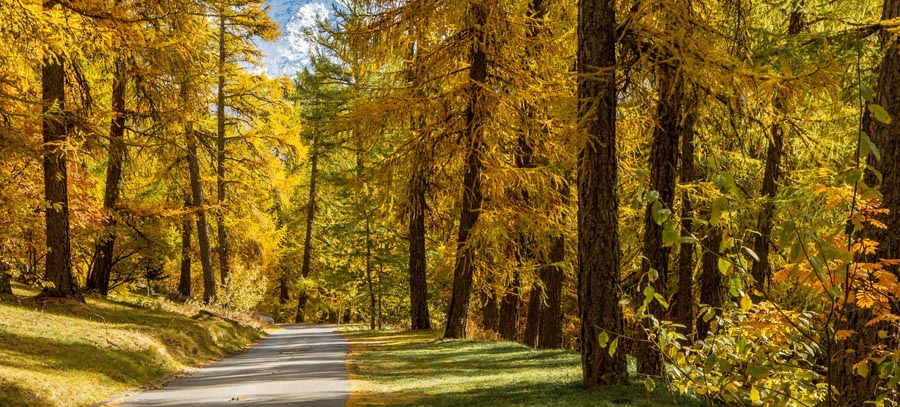
Children love playing in sandpits because it is fun and engaging.
Make sure your sandpit can withstand the test of time and children’s rowdiness.
Sandpits must be sturdy as children will inadvertently stomp or step on them while playing.
What material should you use for a sandbox?
Can you use treated pine for a sandpit?
Let’s discuss its pros and cons.
Treated pine can be a great material for sandboxes. Parents may be wary about the use of treated pine considering that chemicals can be toxic to children, who are the main characters of sandpits. However, when it comes to pine wood, treatment involves the use of a water-resistant sealant that is not harmful to humans. There are also several advantages to using treated pine for your sandpit frame.
What Is Treated Pine?
Treated pine is a type of timber that has been treated with chemicals so it can withstand the elements.
It is usually treated with fungicide, insecticide, and other chemicals.
It is a timber commonly used for construction because of its durability.
If treated pine is good enough for houses, it is surely good enough for the following construction needs:
- Retaining wall
- Cladding
- Pergola
- Post
- Pole
- Decking
- Others
A sandpit is a form of decking, so treated pine must be a good timber for it, right?
Pros and Cons of Using Treated Pine in Sandpits

Treated pine can be used in various construction, so why not use it for sandpits?
Here are the advantages of using this specific timber:
1. It Can Withstand Harsh Weather Conditions
One of the reasons treated pine is a popular construction timber is because it can tolerate changing and extreme weather conditions.
A sandpit stays outside. It’s going to be directly under the heat of the sun and will be wet from the rain.
Further, it may be covered with snow during winter.
Using treated pine will ensure your children will enjoy the sandpit for a long period.
2. It Has Fungal Resistance
Since it has been treated, the sandbox won’t have any fungi growth.
That is important as children are the main characters within the sandbox.
Moisture causes fungal growth and the sandbox is expected to have a lot of moisture considering it is outside 24/7.
Many species of fungi are toxic to humans.
Also, when wood is peppered with fungi, it is prone to get weakened quickly.
Weak wood is attractive to organisms and bacteria that could cause illness among children.
3. It Repels Insects
As mentioned, treated pine is infused with chemicals that include insecticides.
As such, insects will not eat or bore holes into the wood.
Children are also put at risk if insects invade the sandpit.
4. It Is Affordable
Since pine is a type of softwood, it is not that expensive.
You can have a good sandpit without breaking the bank with treated pine.
But what are its disadvantages?
It Is Prone to Shrinkage
Even when treated, pine timber will still shrink because of the temperature changes.
It cannot be prevented that the wood will take in moisture.
More often, the wood will shrink as it dries out.
It seems to be the only major disadvantage of using treated pine for your sandpit.
Some are quite negligible.
For example, treated pine is not as attractive as hardwood.
But do you really need an attractive sandpit?
Another minor disadvantage to using treated pine, in general construction, is that it is not as long-lasting as hardwood.
Treated pine and other softwood materials can last between 15 and 20 years while treated hardwood lasts between 25 and 40 years.
But then again, you don’t need a sandpit to last that long.
Children will eventually outgrow sandpits.
Using Treated Pine for a Sandpit Frame – Can You Do It?
If you are a parent, chances are the discussion of treated pine may have a trigger word that would cause you to question its proprietary as a sandpit material.
The word is CHEMICAL.
Sure, the pine has been treated with chemicals to make it a better timber material.
However, experts have given treated pine wood the okay because of the use of water-resistant sealant that helps protect it from harsh weather.
As such, your children will not be exposed to other chemicals that may be harmful to them.
It is important to note that not all treated wood enjoys the same exemption to the rule.
In general, choose untreated wood for your sandpits.
Are There Other Alternatives to Treated Pine for a Sandpit?

Treated pine is a fantastic material for a sandpit frame.
It is durable enough, can withstand the changing weather, and is quite affordable.
But you can choose other alternatives too.
Larch Wood
Larch is another softwood like treated pine.
Just like most softwood products, larch is also affordable.
It is also durable and insect-resistant.
It is weather-resistant, which is one of the most important requirements when looking for sandpit material.
But if there is one area where larch wood is better than pine it’s aesthetics.
The golden brown color of the larch really pops.
On the downside, larch wood may warp over time.
Spruce
Spruce is the perfect alternative for an affordable sandbox.
Plus, it is very easy to work with if you plan to make the sandpit yourself.
It is not going to last long though, which is fine if you expect your child to outgrow the sandbox in around five years.
Cedar Wood
If you have the budget for it, cedar wood is a great alternative for your sandpit frame.
It is quite expensive, so you will surely have a high-end sandbox.
The expense is worth it knowing that it is rot-resistant and insect-resistant.
Cedar also has a distinct aroma, which is not important in a sandbox but it’s still an advantage worth mentioning.
The best part is that cedar wood is smooth and is less likely to cause splinters among children.
Final Thoughts

Usually, people will tell you to use untreated wood for your sandpits.
The wood treatment uses chemicals to make the wood impenetrable to insects while also making it more durable and resistant to decay.
However, treated pine is an exemption.
You can use it for your sandpit without fearing the toxicity of the chemicals as treated timber uses water-resistant sealant.
